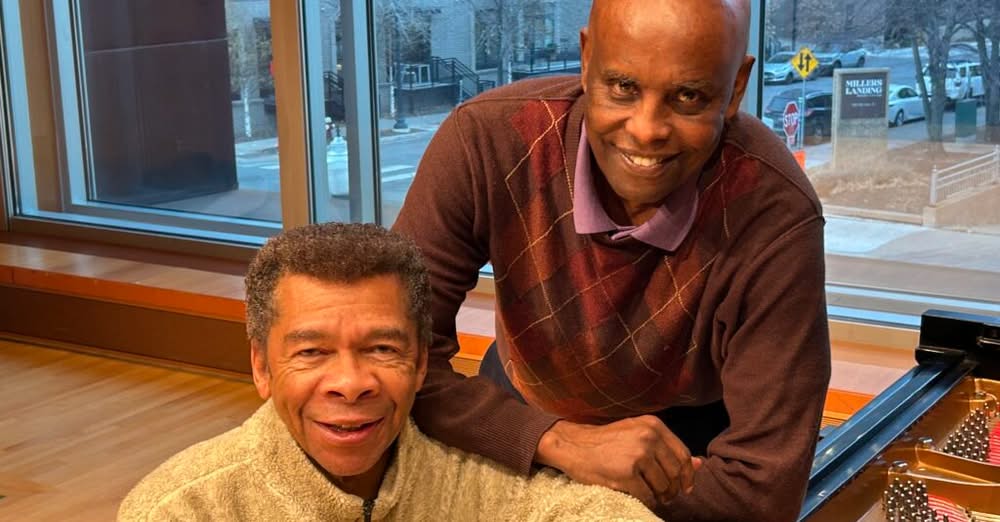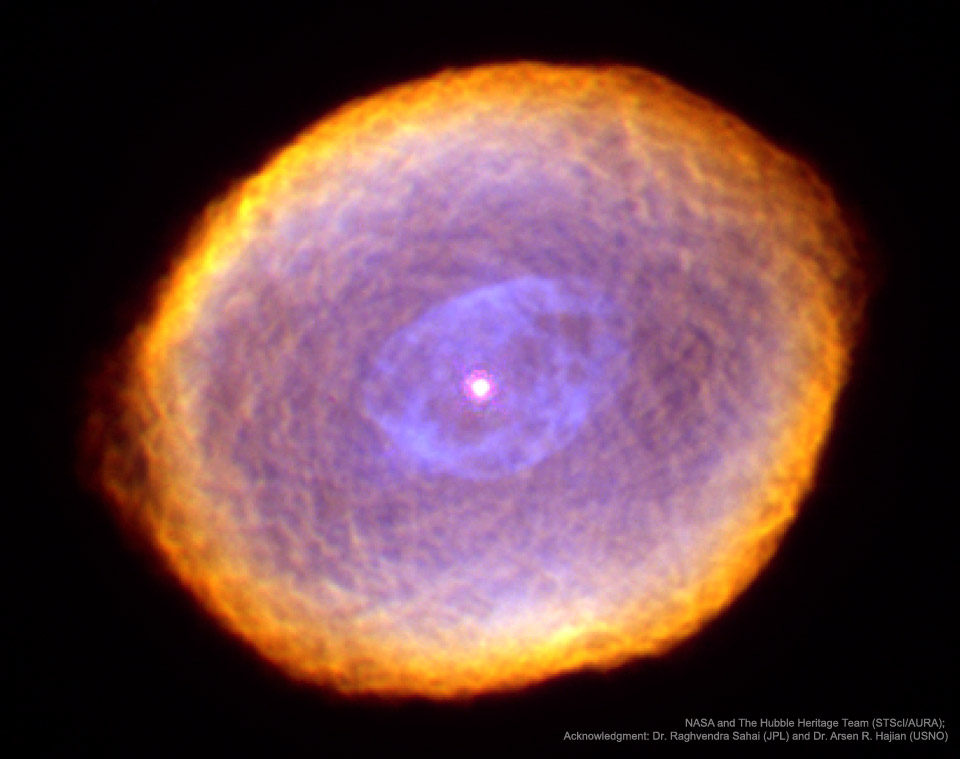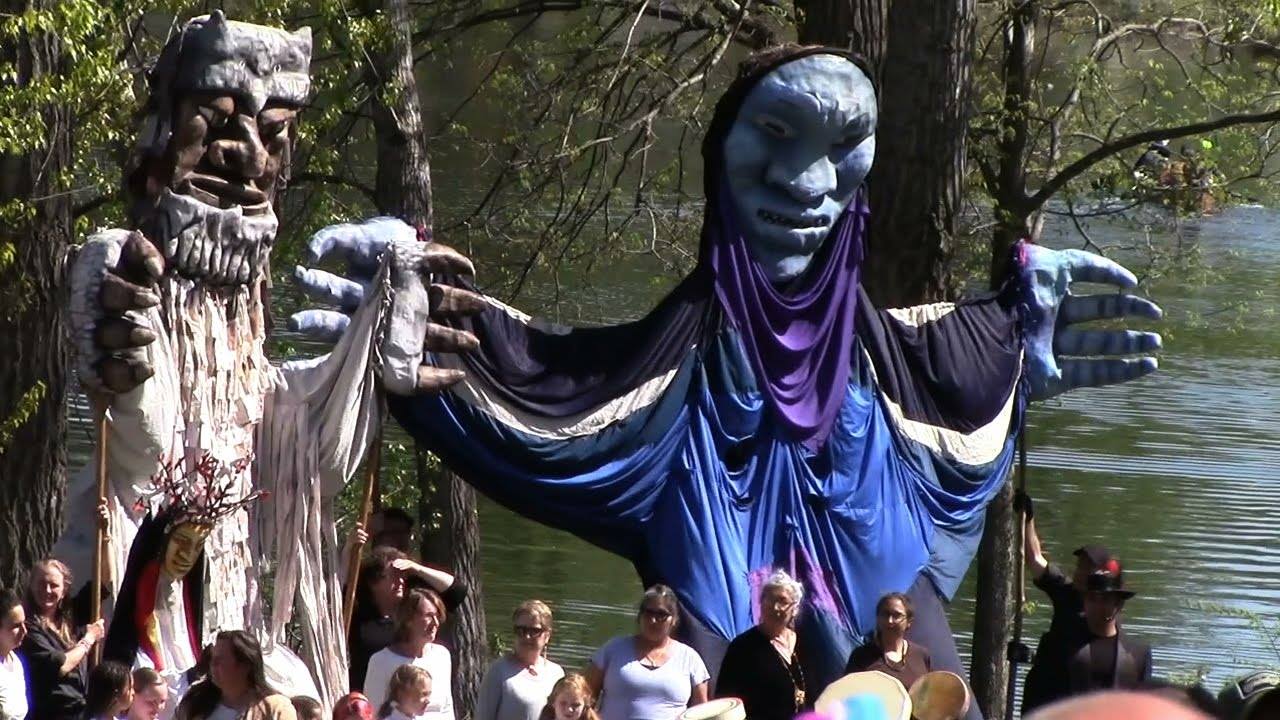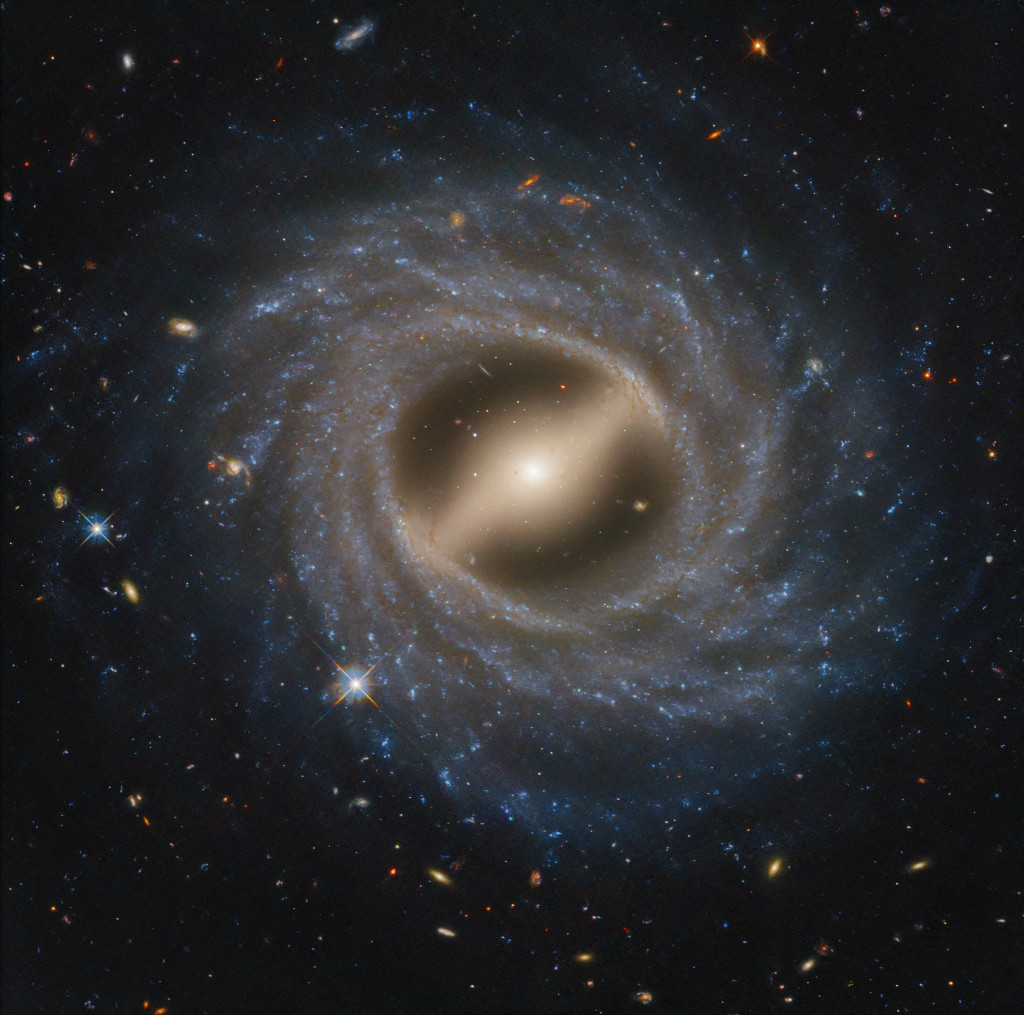Oliver Jackson (April 28, 1933 – May 29, 1994), also known as Bops Junior,was an American jazz drummer.
Jackson was born in Detroit, Michigan, United States, where he played in the 1940s with Thad Jones, Tommy Flanagan, and Wardell Gray, and had a variety show with Eddie Locke called Bop & Locke. After working with Yusef Lateef from 1954 until 1956, he moved to New York, where he played regularly at the Metropole in 1957 and 1958. Following this he worked with Teddy Wilson, Charlie Shavers (1959–61), Buck Clayton, Benny Goodman (1962), Lionel Hampton (1962–64), Kenny Burrell, Earl Hines(1964–70 intermittently) and the JPJ Quartet with Budd Johnson. Later in life he played with Sy Oliver (1975–80), Oscar Peterson, and George Wein‘s Newport All-Stars. As a bandleader, Jackson led a 1961 date in Switzerland, and recorded at least five albums for Black & Blue Records between 1977 and 1984.
see full post...A beautiful but skewed spiral galaxy dazzles in today’s NASA/ESA Hubble Space Telescope Picture of the Week. This galaxy, called Arp 184 or NGC 1961, sits about 190 million light-years away from Earth in the constellation Camelopardalis (The Giraffe).
The name Arp 184 comes from the Atlas of Peculiar Galaxies, which was compiled by astronomer Halton Arp in 1966. The 338 galaxies in the atlas are oddly shaped, tending to be neither entirely elliptical nor entirely spiral-shaped. Many of the galaxies are in the process of interacting with other galaxies, while others are dwarf galaxieswithout well-defined structures. Arp 184 earned its spot in the catalogue thanks to its single broad, star-speckled spiral arm that appears to stretch toward us. The galaxy’s far side sports a few wisps of gas and stars but lacks a similarly impressive spiral arm.
This Hubble image combines data from three Snapshot observing programmes, which are composed of short observations that can be slotted into time gaps between other proposals. One of the three programmes targeted Arp 184 for its peculiar appearance. This programme surveyed galaxies listed in the Atlas of Peculiar Galaxies as well as A Catalogue of Southern Peculiar Galaxies and Associations, a similar catalogue compiled by Halton Arp and Barry Madore.
The remaining two programmes were designed to check up on the aftermath of fleeting astronomical events like supernovae and tidal disruption events — when a star is ripped apart after wandering too close to a supermassive black hole. Since Arp 184 has hosted four known supernovae in the past three decades, it’s a rich target for a supernova hunt.
[Image Description: A spiral galaxy seen at a skewed angle. Its centre is a bright spot radiating light. A thick, stormy disc of material surrounds this, with swirling strands of dark dust and bright spots of star formation strewn through the disc. A large spiral arm extends from the disc towards the viewer. Some foreground stars are visible atop the galaxy.]

see full post...
Charles Alfred Leavell (born April 28, 1952) is an American musician. A member of the Allman Brothers Band throughout their commercial zenith in the 1970s, he subsequently became a founding member of the band Sea Level. He has served as the principal touring keyboardist and musical director of the Rolling Stones since 1982. As a session musician, Leavell has performed on every Rolling Stones studio album released since 1983 with the exception of Bridges to Babylon (1997). He has also toured and recorded with Eric Clapton, George Harrison, David Gilmour, Gov’t Mule, Train, and John Mayer.
see full post...William Anthony Colón Román (born April 28, 1950) is an American and Puerto Rican Salsa musician and social activist. He began his career as a trombonist but also sings, writes, produces and acts. Colón was a pioneer of Salsa music and a best-selling artist in the genre, having been a key figure in the nascent New York City scene associated with Fania Records. He is also noteworthy for having assumed the gangster image in his album covers before it was culturally popular. Since the 1980s he has at times been deeply involved in the politics of New York City.
see full post...Steve Khan (born Steven Harris Cahn; April 28, 1947) is an American jazz guitarist.
Steven Harris Cahn was born in Los Angeles. His father, lyricist Sammy Cahn, “loved to hear any and all versions of his songs”. He took piano lessons as a child and played drums for the surf rock band the Chantays. The band’s guitarist exposed him to the albums Tough Talk by The Crusaders and Movin’ Wes by Wes Montgomery. In his late teens he quit the drums and started playing guitar. He was a member of the R&B band Friends of Distinction, recorded with keyboardist Phil Moore, then played on the album Bullitt by Wilton Felder (“one of my heroes”). Despite his father’s advice to avoid a career in the music business, he graduated from UCLA with a degree in music composition and theory. Early in his career, Khan changed the spelling of his surname in order to “create a separate identity from [his] famous father” and because he was “so hurt and angry with him for so many childhood things.”
In the early 1970s, he performed in an acoustic guitar duo with Larry Coryell and was a member of the Brecker Brothers band. As a session musician, he appeared on albums by Ashford & Simpson, Rupert Holmes, Billy Joel, and Steely Dan. He was signed to Columbia Records through the efforts of Bobby Colomby and Bob James. On his first three albums Tightrope (1977), The Blue Man (1978), and Arrows (1979), he was trying “to single-handledly keep alive the sound of the original Brecker Brothers band.” His next album was Evidence (1980), which contained an eighteen-minute medley of songs by Thelonious Monk.
see full post...Prudencio Mario Bauzá Cárdenas (April 28, 1911 – July 11, 1993) was an Afro-Cuban jazz, and jazz musician. He was among the first to introduce Cuban music to the United States by bringing Cuban musical styles to the New York City jazz scene. While Cuban bands had had popular jazz tunes in their repertoire for years, Bauzá’s composition “Tangá” was the first piece to blend jazz harmony and arranging technique, with jazz soloists and Afro-Cuban rhythms. It is considered the first true Afro-Cuban jazz tune.
see full post...Frederick Douglas Waits (April 27, 1943 – November 18, 1989) was an American hard bop and post-bop drummer.
Waits never officially recorded as leader, but was a prominent member and composer in Max Roach‘s M’Boom percussion ensemble. He worked as sideman with such pianists as McCoy Tyner, Kenny Barron, Andrew Hill, Gene Harris, Billy Taylor and Joe Zawinul. In 1967, Waits recorded with Freddie Hubbard. He was a member of the last Lee Morgan Quintet, an association ended by Morgan’s murder in 1972.
In the late 1970s, Waits formed Colloquium III with fellow drummers Horace Arnold and Billy Hart. In the 1980s he became a music faculty member of Rutgers University. He died of pneumonia and kidney failure in New York in 1989.
His son is the drummer Nasheet Waits.
see full post...
Sunday April 27th 2025 2pm at St Johns University in Collegeville, MN. Just north of St Cloud. mick will be joining Somali Blues with vocalists Ahmed Yusuf, Mohamed Abdiraman Yusuf, Mohamed Jeesto and Magaan on oud.
The Cultural Fluency Initiative and Meet You at the Crossroads invites us to a musical meeting place for black gospel-style inspirational music and Somali blues. Led by celebrated vocalist and conductor J.D. Steele and writer-musician Ahmed Ismail Yusuf, the concert features an enthralling mix of local gospel singers and Somali poetry woven with rhyme, rhythm, and melody. Meet You at the Crossroads is both encounter and collaboration, in which two musical cultures and the communal traditions that gave life to them are explored in conversation during and after the concert.
Sunday, April 27 (2 pm)
Saint John’s University in Collegeville
Free and open to all, registration is NOT required.
For Info visit www.csbsju.edu

see full post...
Dubbed the Spirograph Nebula for its resemblance to drawings from a cyclical drawing tool, planetary nebula IC 418 shows patterns that are not well understood. Perhaps they are related to chaotic winds from the variable central star, which changes brightness unpredictably in just a few hours. By contrast, evidence indicates that only a few million years ago, IC 418 was probably a well-understood star similar to our Sun. Only a few thousand years ago, IC 418 was probably a commonred giant star. Since running out of nuclear fuel, though, the outer envelope has begun expanding outward leaving a hot remnant core destined to become a white-dwarf star, visible in the image center. The light from the central core excites surrounding atoms in the nebulacausing them to glow. IC 418 lies about 2000 light-years away and spans 0.3 light-years across. This false-color image taken from the Hubble Space Telescope reveals the unusual details.

Ann Lee Peebles (born April 27, 1947) is an American retired singer and songwriter who gained popularity for her Memphis soul albums of the 1970s while signed to Hi Records. Her most successful singles include “I Can’t Stand the Rain“, which she wrote with her husband Don Bryant and radio broadcaster Bernie Miller, and “I’m Gonna Tear Your Playhouse Down“. In 2014, she was inducted into the Memphis Music Hall of Fame.
see full post...James Lee Keltner (born April 27, 1942) is an American drummer and percussionist known primarily for his session work. He was characterized by Bob Dylan biographer Howard Sounes as “the leading session drummer in America”.
Keltner was inspired to start playing because of an interest in jazz, but the popularity of jazz was declining during the late 1950s and early 1960s, and it was the explosion of pop/rock in the mid-1960s that enabled him to break into recording work in Los Angeles. His first gig as a session musician was recording “She’s Just My Style” for the pop group Gary Lewis and the Playboys.
Keltner’s music career was hardly paying a living, and for several years at the outset he was supported by his wife. Toward the end of the 1960s, he finally began getting regular session work and eventually became one of the busiest drummers in Los Angeles. His earliest credited performances on record were with Gabor Szabo on the 1968 album Bacchanal.
see full post...Conrad Henry Kirnon (April 27, 1927 – November 30, 1994) known professionally as Connie Kay, was an American jazz and R&B drummer, who was a member of the Modern Jazz Quartet.
Self-taught on drums, Kay began performing in Los Angeles in the mid-1940s. His drumming is recorded in The Hunt, the recording of a famous Los Angeles jam session featuring the dueling tenors of Dexter Gordon and Wardell Gray on July 6, 1947. He recorded with Lester Young‘s quintet from 1949 to 1955 and with Stan Getz, Coleman Hawkins, Charlie Parker, and Miles Davis.
Kay did R&B sessions for Atlantic Records in the early to mid-1950s, and he was featured on hit records such as “Shake, Rattle and Roll” by Big Joe Turner and Ruth Brown‘s “(Mama) He Treats Your Daughter Mean“.
see full post...Theodore Marcus “Teddy” Edwards (April 26, 1924 – April 20, 2003) was an American jazz tenor saxophonist. Edwards played with many jazz musicians, including his personal friend Charlie Parker, Roy Milton, Wynonie Harris, Vince Guaraldi, Joe Castro and Ernie Andrews. A 1947 recording with Dexter Gordon, The Duel, was an early challenge to another saxophonist, an approach he maintained whenever possible, including a recording with Houston Person. One such duel took place in the 1980s at London’s 100 Club with British tenor Dick Morrissey. In 1964, Edwards played with Benny Goodman at Disneyland, and at the 1964 New York World’s Fair.
see full post...Rehearsals Saturday & Sunday April 26th/27th Powderhorn Park. Preparing for MAYDAY Celebration on Sunday May 4th. Featuring Grandma Powderhorn. I’ll be there today. Dress rehearsal Saturday May 3rd 1030-130pm

Some 170,000 light-years across and over 200 million light-years away toward the constellation Virgo, the magnificent spiral galaxy is seen face-on in Hubble’s view. Within the galactic disk, loose streamers of star forming regions lie along the galaxy’s flocculent spiral arms. But the most striking feature of NGC 5335 is its prominent central bar. Seen in about 30 percent of galaxies, including our Milky Way, bar structures are understood to channel material inward toward the galactic center, fueling star formation. Of course, distant background galaxies are easy to spot, scattered around the sharp Hubble image. Launched in 1990, Hubble is now celebrating its 35th year exploring the cosmos from orbit around planet Earth.

see full post...
